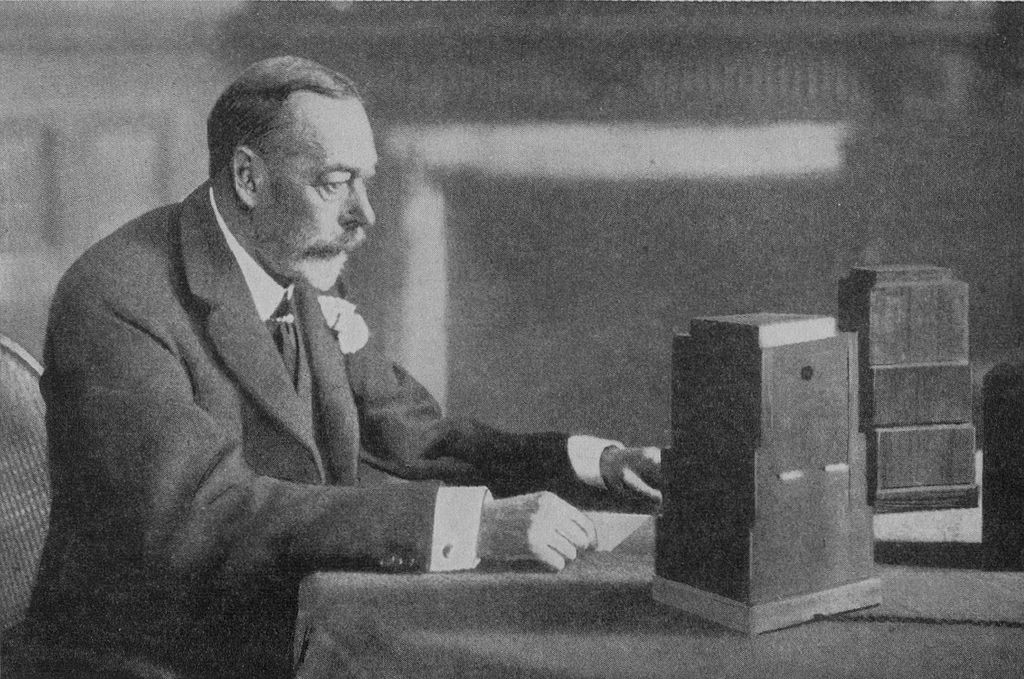For the vast majority of us, 2022 was our first time tuning into a Christmas Day speech made by a monarch other than Queen Elizabeth II.
King Charles III’s speech, made from St George’s Chapel in Windsor, attracted an audience of 10.6 million, making it the most viewed TV programme of the day. It was the latest iteration of a tradition that stretches back to the 1930s and to Charles’s great-grandfather, George V.
The initial idea for a royal Christmas speech was put forward by Sir John Reith, the founder of the BBC, in the 1920s as a way to capitalise on the emerging medium of radio. George V was reluctant, as he viewed radio as something more suitable for entertainment than for serious speeches. It took until 1932 for him to be convinced.
This first speech—which was written by Rudyard Kipling—was used to inaugurate what was then called the Empire Service, today known as the BBC World Service. It was decided that it would be aired at 15:00 London time, so that as many people from across the Empire as possible could tune in. The decision was a sound one, as it reached an audience of over 20 million.
To make the broadcast possible, two rooms in Sandringham House were connected to the BBC’s Broadcasting House via Post Office land lines. According to the Royal Family’s website, “from there connection was made to BBC transmitters in the Home Service, and to the Empire Broadcasting Station at Daventry with its six short-wave transmitters”.

George V made four Christmas Day speeches between 1932 and 1935, before passing away in January 1936. His successor, Edward VIII, however, never made one as he abdicated in early December 1936. There was therefore no broadcast that year.
George VI’s first speech was in 1937, and the outbreak of the Second World War in 1939 cemented the Christmas Day speech as a staple of the festive season. The King viewed it as a way to unite the country and boost morale.
Elizabeth II ascended the throne in 1952 and continued the tradition. Her speech in 1957 was the first to be televised, taking on the form that we are familiar with today. The speeches in 1959 and 1963, however, were broadcast solely over radio owing to the fact that she was pregnant at the time. There was also no broadcast at all in 1969, as a documentary film had aired on TV that summer about the Royal Family and was due to be repeated on Christmas Day. A written message was issued instead.
But from 1970 until 2021, Queen Elizabeth made an unbroken run of televised speeches. Her death in September 2022 passed the baton on to her son, King Charles III.
From its inception in the 1930s until 1996, the broadcasts were the sole product of the BBC. This changed in 1997, with Independent Television News (ITN) producing the speech for the first time. Producing rights subsequently alternated between the two companies every two years from 1997 until 2010. From 2011 onwards, Sky was added to this roster.
Besides the first ever speech and the first to be televised, other notable broadcasts in the tradition’s history include 1967 (the first in colour), 1975 (the first recorded outdoors), 1997 (the first to be published on the internet) and 2012 (the first filmed in 3D).